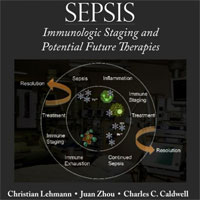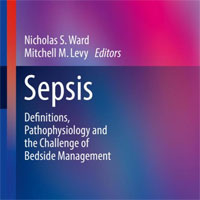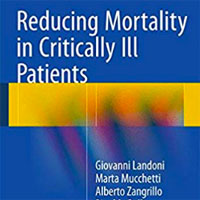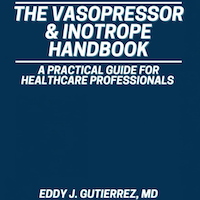Tag: neurology
Nonconvulsive Status Epilepticus
The only comprehensive source of information on this frequently misdiagnosed problem, with information critical for physicians, ER and ICU doctors, and psychiatrists. An under-recognized condition that can potentially... read more
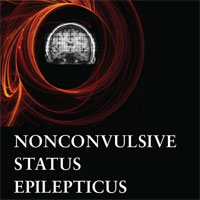
Nonconvulsive Status Epilepticus: Overlooked and Undertreated
Nonconvulsive status epilepticus (NCSE) is characterized by persistent change in mental status from baseline lasting more than 5 minutes, generally with epileptiform activity seen on EEG monitoring and subtle or no motor... read more
Complications in Acute Care Surgery: The Management of Difficult Clinical Scenarios
This text provides the reader a starting point for the most difficult and uncommon complications in acute care surgery. It is designed to provide options to that ubiquitous intra-operative or bedside question "Well, now what... read more
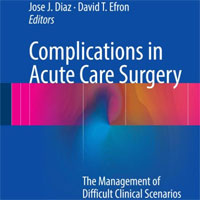
First Portable MRI Scanner for Neuro ICU
Health technology incubator Hyperfine Research and the Yale School of Medicine are testing out a first-of-its-kind, portable MRI scanner in the neuro intensive care unit (ICU). The point-of-care system, designed by Hyperfine,... read more
Sedatives in Neurocritical Care
Extrapolating the findings from studies in the general ICU population suggests to reserve deep continuous sedation in the neuro-ICU for specific indications. Although an improved understanding of cerebral physiological changes... read more
Essentials of Neuroanesthesia and Neurointensive Care
This updated second edition of Gupta and Gelb's Essentials of Neuroanesthesia and Neurointensive Care contains the ideal combination of updated information for the practitioner, presented in easy-to-digest short chapters.... read more
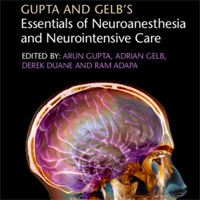
Pharmacotherapy in Neurointensive Care
Neurointensive care medicine has experienced great advancements and developments of neuromonitoring techniques, allowing a better comprehension of acute brain injury early phase pathological mechanisms and an overall improvement... read more
Continuous EEG Monitoring Remains Underused in Critically Ill
A retrospective cross-sectional study found that despite the fact that continuing electroencephalography (cEEG) use was associated with lower in-hospital mortality in critically ill patients, cEEG is underutilized. Experts... read more
The NeuroICU Book
An immediate classic, this groundbreaking text is based on the premise that neurointensivists must be trained to handle not only the brain, but the entire body. The NeuroICU Book, Second Edition does not limit coverage to... read more
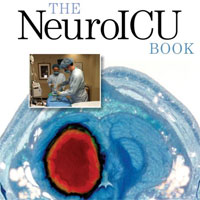
A Multicentre Randomised Controlled Trial of Levetiracetam vs. Phenytoin for Convulsive Status Epilepticus in Children
Convulsive status epilepticus (CSE) is the most common life-threatening childhood neurological emergency. Despite this, there is a lack of high quality evidence supporting medication use after first line benzodiazepines,... read more
Travel Times Affect Neurocritical Care Unit Nurse Staffing Levels
For specialist nurses on neurocritical care units, accompanying patients for imaging scans and other procedures has a major impact on nurse staffing ratios, reports a study in the Journal of Neuroscience Nursing. Over 30... read more
Ultrasound Non-invasive Measurement of Intracranial Pressure in Neurointensive Care
Of the studied ultrasound nICP methods, ONSD is the best estimator of Intracranial Pressure (ICP). The novel combination of ONSD ultrasonography and vTCD of the straight sinus is a promising and easily available technique... read more
Cryptococcus Neoformans Meningoencephalitis
A 36-year-old man presented to the emergency department with a 2-week history of fever, headache, drowsiness, and photophobia. He was previously healthy and was sexually active with men. The physical examination was notable... read more
When the Air Hits Your Brain: Tales from Neurosurgery
With poignant insight and humor, Frank Vertosick Jr., MD, describes some of the greatest challenges of his career, including a six-week-old infant with a tumor in her brain, a young man struck down in his prime by paraplegia,... read more
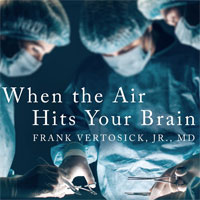
Efficacy of Combined Intravenous Thrombolysis and Thrombectomy
Mechanical thrombectomy (MT) improves clinical outcomes in patients with acute ischemic stroke (AIS) caused by a large vessel occlusion. However, it is not known whether intravenous thrombolysis (IVT) is of added benefit... read more
Combined Intravenous Thrombolysis and Thrombectomy vs Thrombectomy Alone for Acute Ischemic Stroke
The results indicate that treatment of patients experiencing AIS due to a large vessel occlusion with IVT before MT does not appear to provide a clinical benefit over MT alone. A randomized clinical trial seems warranted.... read more
Model Identifies Seizure Risk in Critically Ill
For critically ill patients, a model comprising six variables can identify the probability of seizure, according to a study published online Oct. 9 in JAMA Neurology. Aaron F. Struck, M.D., from the University of Wisconsin... read more
Development and Validation of an Empiric Tool to Predict Favorable Neurologic Outcomes Among PICU Patients
This proposed prediction tool encompasses 20 risk factors into one probability to predict favorable neurologic outcome during ICU stay among children with critical illness. Future studies should seek external validation and... read more
Do No Harm: Stories of Life, Death, and Brain Surgery
With astonishing compassion and candor, leading neurosurgeon Henry Marsh reveals the fierce joy of operating, the profoundly moving triumphs, the harrowing disasters, the haunting regrets and the moments of black humor that... read more
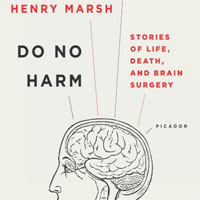
Coma with Eelco Wijdicks – Podcast
So you have an unresponsive patient. The CT is negative. What now? Coma is tough! The differential is long and filled with many life threats.... read more





